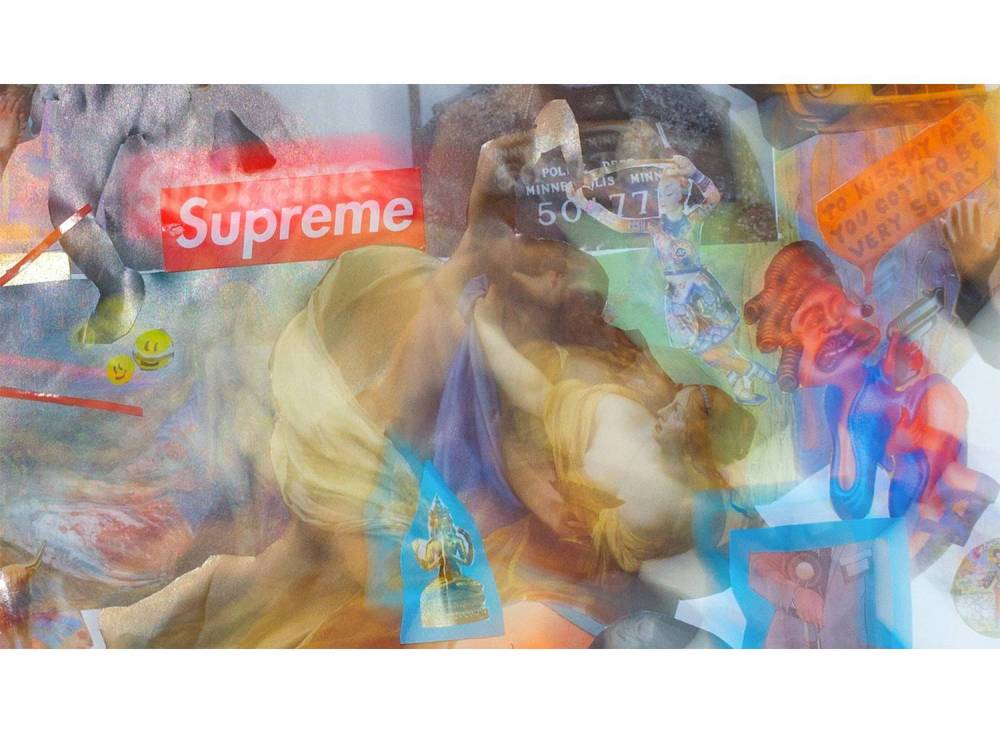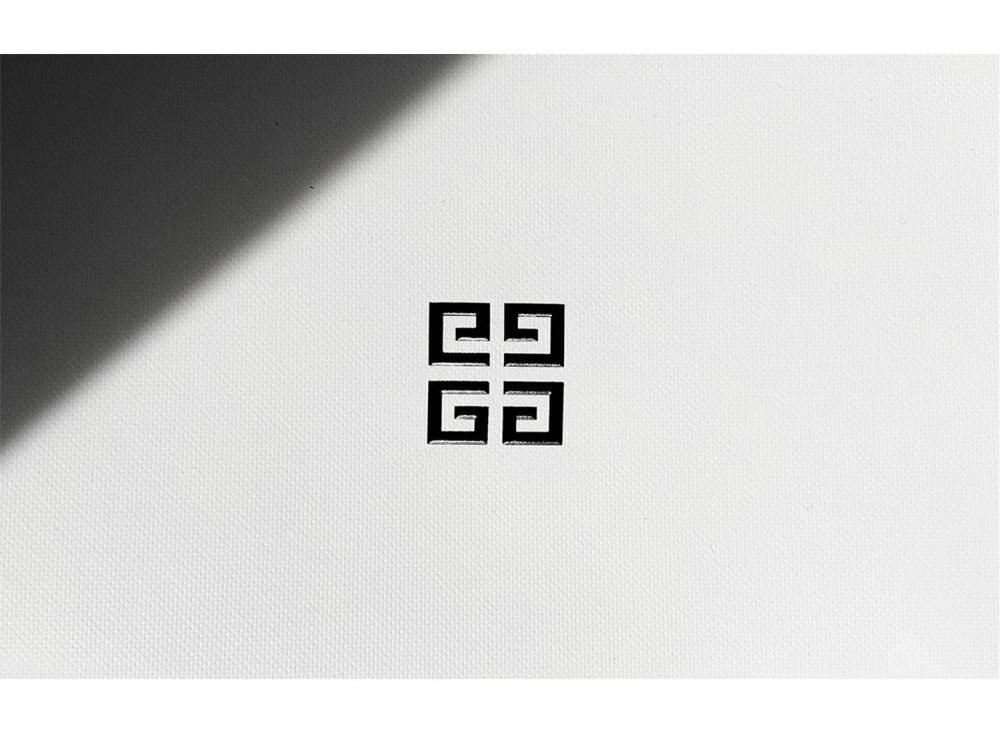How to gain creativity back with Mirko Borsche
Mirko Borsche is known to set trends within the industry and in order to have reached this status with some of the most relevant designs for Supreme, Givenchy or lately football club Inter Milan, the creative has a reputation of always being on the go. It’s no different when we catch up with him for a quick talk about his latest projects, his sources of inspiration during a pandemic and his upcoming talk at Forward Festival Hamburg. “This is Mirko speaking”, he says when we reach him, of course, in-between two meetings. So what has Mirko Borsche been up to lately?
How has Covid influenced your creative process?
In a way the pandemic, with all its aspects, the lockdowns, the complete stillstand and the restrictions, has made my work easier. I’ve had all the time in the world to be home, sit at my desk and do my work because I didn’t have to travel. I got the chance to work closely together with my colleagues and employees. Due to the curfews we had and still have here in Germany, we all were in the same boat – noone was allowed to go anywhere. My team and I, really have been growing together and it feels like family now. And that really has affected our creative processes – in a positive way. We all can benefit from each other, now that we know each other better than before the pandemic.
So, traveling to see other places is not essential for your creativity?
At the moment, no. But that can change real quick, it is becoming more boring day by day.

Did you have to deal with creative blocks?
Of course, it’s a bit of a problem when you really can’t do anything and never see anything new. I think when it comes to creativity, it is something you have or not, either you are talented and blessed with inspiration or not – no matter the circumstances. And thank God, I am a creative person, so I never had to deal with a lack of inspiration lately.
You have mentioned a lot of times, a healthy work-life balance is important to you. Has that border between work and pleasure shifted during lockdown?
I was especially cautious with preserving that balance, which has been difficult with working from home. The line between work and pleasure definitely got blurry but has never been more important for our peace of mind. I set my alarm to go off at 6PM so that I’d stop working.

You swear by print, founded NEON magazine, won awards for designs from ZEIT. With Corona, everything went digital very quickly. Do you still stand by that – print is the trump card?
Hard to say. Our everyday work is mostly digital of course and when we moved into our new office we even got rid of our plotter. Of course we still create print designs with ZEIT and ZEIT Magazin, and I do love that, but in relation to a couple of years ago, we do a lot less. That is a sign of how important digital design has become.
And which medium are you better off using? Print or digital?
Both, really. There are a lot more and extremely exciting opportunities for digital creations, of course. Especially within the past months, this field has picked up so much pace and got even bigger and more interesting to play around with. Print will always be there as well; it’s just both fields meld.

You are a source of inspiration for many creative people. Do you feel pressure to become better, faster, stronger?
No, not at all. I want to retire soon though. I’m planning on working for a couple of more years and then hopefully I can on pension. There are enough youngsters that can take the stage.
What would be your dream project to realize before you retire then?
The project, I’ve always wanted to do, I just did – it was the re-branding I did for Inter Milan. As a football aficionado, this has been my dream for a long time. Inter Milan is a club with a long tradition and fan cult. For me, it was super emotional and highly complex to create a new logo for Inter.
What was the concept behind the new logo?
The focus is on the letters I and M, which have been preserved from Giorgio Muggiani’s original design and are framed by the classic concentric circles. Letters F and C, meanwhile, remain in the name and identity of the club: FC Internazionale Milano. The colors remain those chosen on the night of (the club’s founding) 9 March 1908, made more vibrant and vivid.

Our conversation gets cut short as Mirko Borsche has to attend another meeting. To be continued at Forward Festival Hamburg.
All photo credits: Bureau Borsche